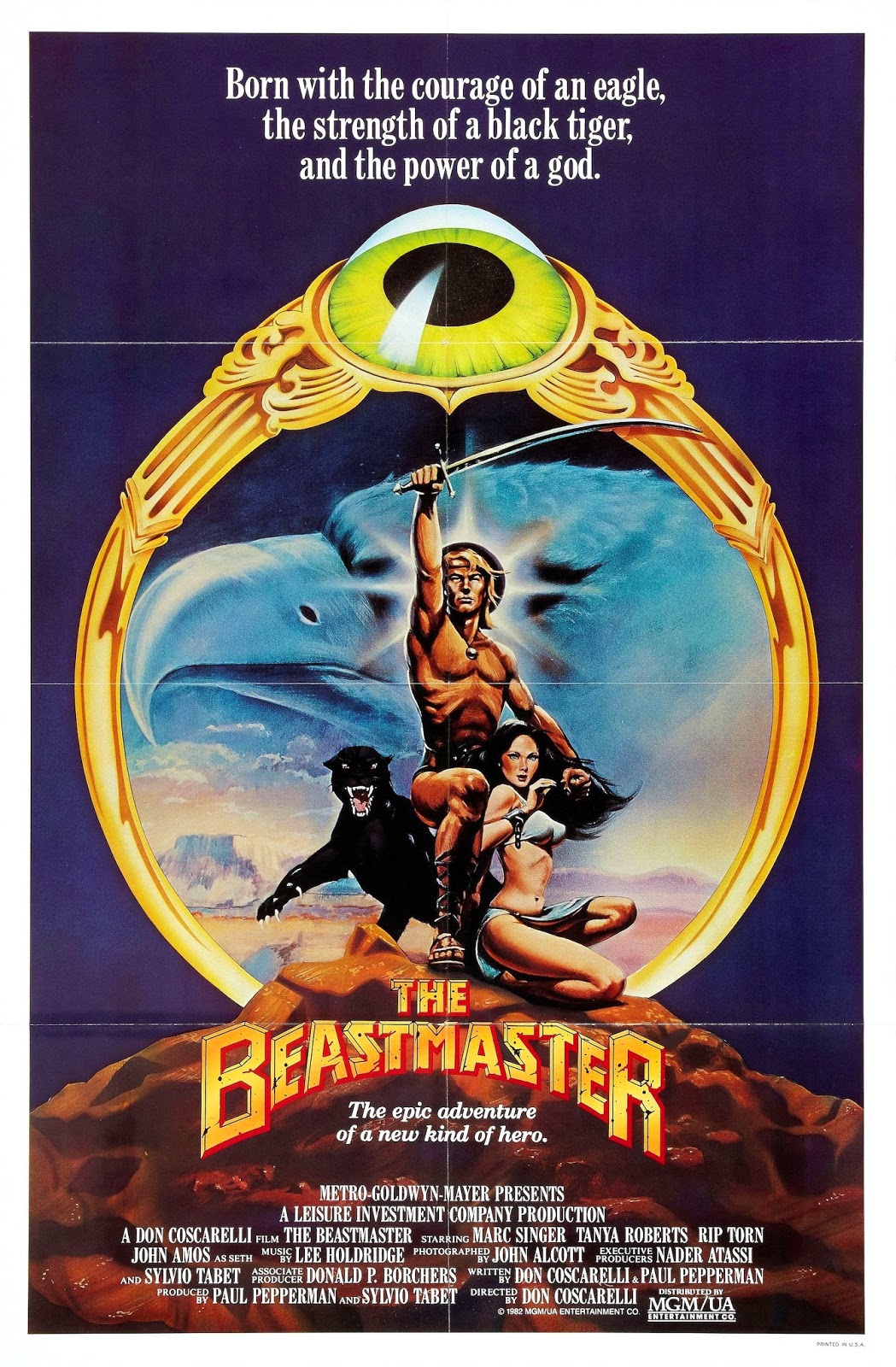The Tale of the Princess
Kaguya (2013) Director/co-writer’s Isao Takahata’s latest effort features
gorgeous animation reminiscent of watercolor paintings, accompanied by an
affecting score by Studio Ghibli regular Joe Hisaishi. The story is derived from
the classic Japanese folk tale “The Bamboo Cutter’s Daughter,” about a
childless middle-aged bamboo cutter and his wife who discover a baby girl in a
bamboo stalk and raise her as one of their own. Like the plant she originated
from, the baby grows at an accelerated rate, maturing into a young woman within
a few years. The bamboo forest yields gold and silk, which provide the means
for them to move to the city, where their adopted daughter can live as a
princess. Takahata tells his story with grace and gentle humor, tempered with an
underlying melancholic tone. The Tale of
Princess Kaguya is life affirming, but never saccharine with its sentiment.
We’re reminded that life is ephemeral, but also beautiful. I’m saddened that
this might be one of the last films to come from Studio Ghibli, but they
couldn’t have asked for a better epitaph than this.
Rating: *****. Available on Blu-ray and DVD
Come and See (1985)
Director Elem Klimov presents an unflinching depiction of wartime atrocities
through the eyes of Florya, an adolescent boy (Aleksey Kravchenko) struggling
to survive during the Nazi occupation of Belarus. We watch him visibly age
throughout the film, as the weight of his experiences takes its toll on his
mind and body. It’s extremely difficult to watch at times, especially when a
village and its residents are burned to the ground by Nazi invaders, but it’s always
engaging. Come and See is essential
viewing for anyone interested in an alternative perspective of World War II, free
from Hollywood gloss.
Rating: ****. Available on DVD
The Visitor (1979) This Italian production, filmed in Atlanta,
is a bizarre hodge-podge of mystical and science fiction elements, with a classic
fight between good and evil. The introduction (which could have been concocted
by L. Ron Hubbard) attempts to explain the extraterrestrial back-story, involving
an eternal struggle between good and evil. Seemingly random elements are thrown
in to keep the viewer disconcerted.
Lance Henriksen (in an early role), stars as Raymond
Armstead, owner of a professional basketball team, and the pawn of a shadowy
organization. His girlfriend has an 8-year-old daughter Katy (Paige Conner)
with supernatural powers and sociopathic tendencies (think a female version of The Omen). The girl is pursued by a
galactic cop (John Huston), who’s accompanied by a Christ-like figure and his
bald child disciples. The impressive cast also features Glenn Ford as a police
detective, and Shelley Winters as an eccentric, astrology-obsessed housekeeper.
But wait, there’s more… oh, so much more. I’m not sure how this ever got made,
but I’m kind of glad someone gave it the green light. The Visitor might make you question your sanity, but if you’re up
to taking a dive into the deep end of weird cinema, this might just be the
ticket. Don’t let the bad IMDB rating sway you. Give it a try, but don’t say I
didn’t warn you.
Rating: ***. Available on Blu-ray and DVD
The Taking of Deborah
Logan (2014) This documentary-style film from director Adam Robitel (who
co-wrote the script with Gavin Heffernan) starts off on a promising note, with
its story about a PhD student (Michelle Ang) conducting a case study on Alzheimer’s
sufferer Deborah Logan. The film is notable for some fine performances,
especially Jill Larson as the elderly title character, and Anne Ramsay as her
middle-aged daughter Sarah. There’s a good dynamic between the two actors that
really sells their relationship. In fact, the first two thirds are so
compelling that it’s disappointing when the last third devolves into familiar
territory with jump scares, “shaky cam” footage and doctoral students running
around doing stupid things. If you forget the latter part of the film, it’s a
quite effective family drama about a mother and daughter coping with the
real-life horrors of a debilitating illness. It’s too bad it doesn’t quite work
as the horror it was marketed as.
Rating: ***. Available on DVD and Netflix Streaming



















